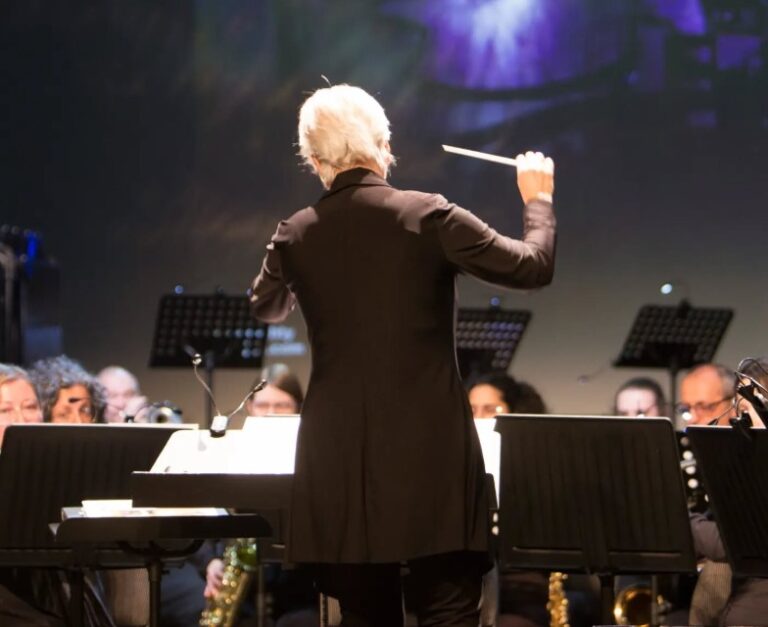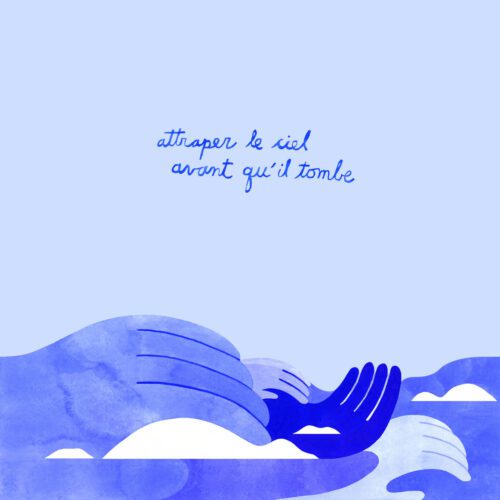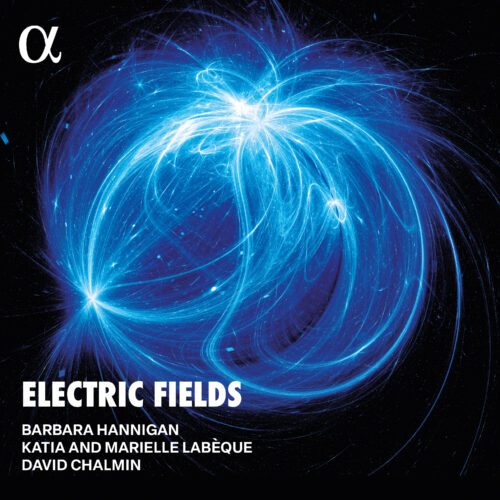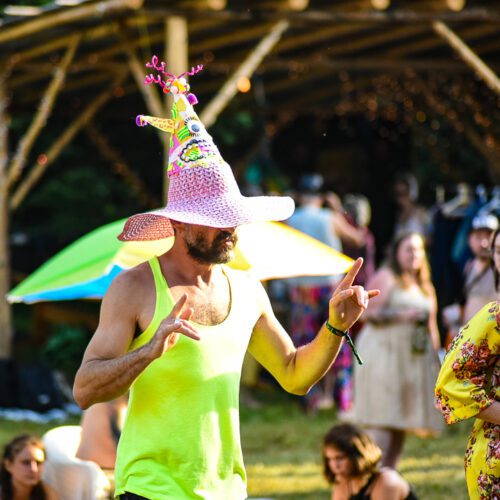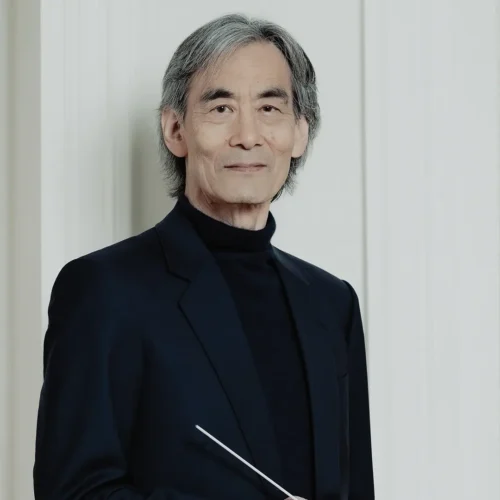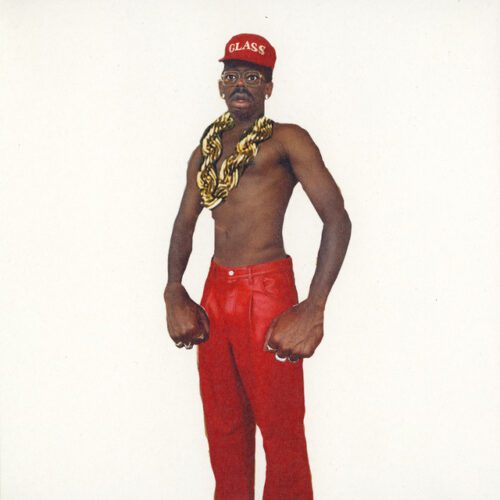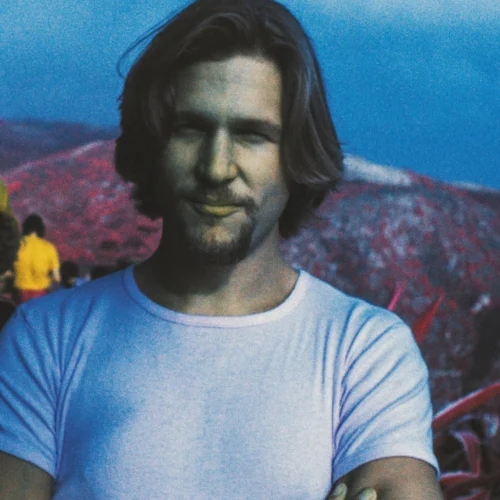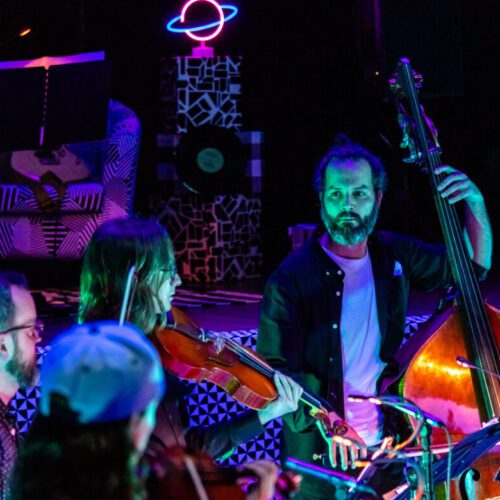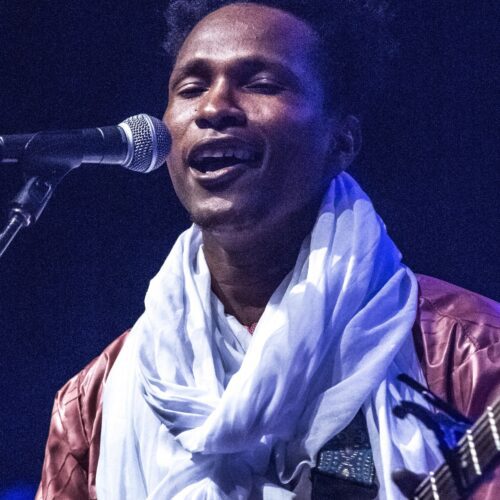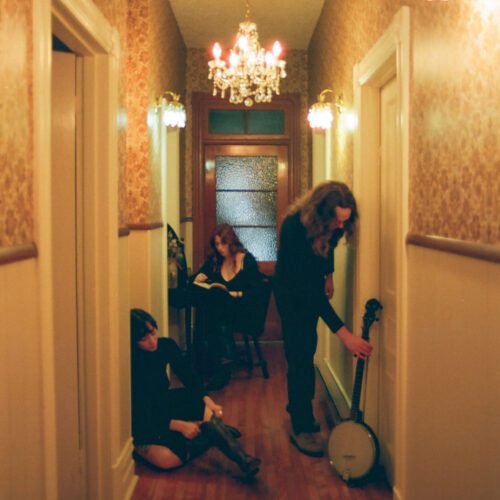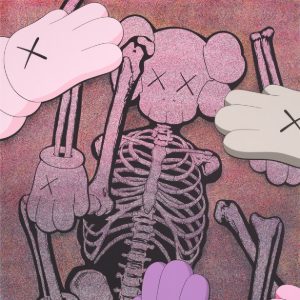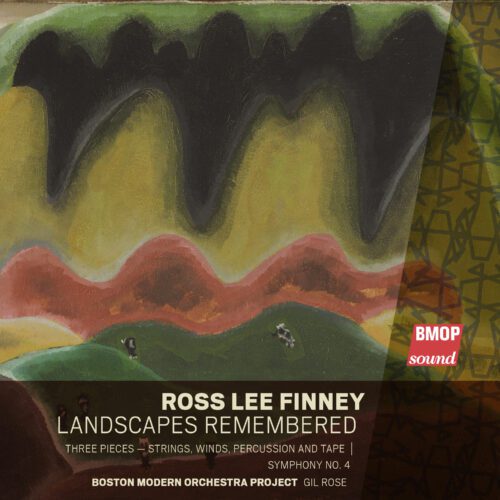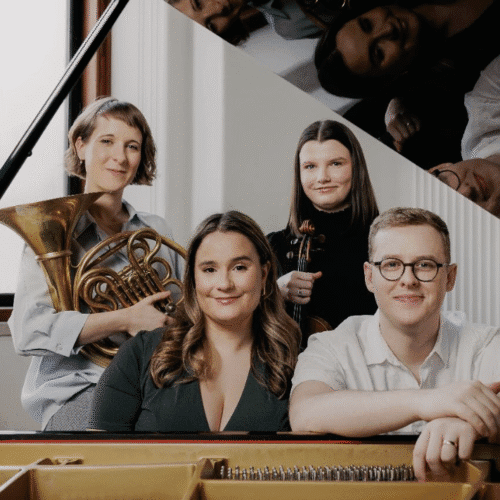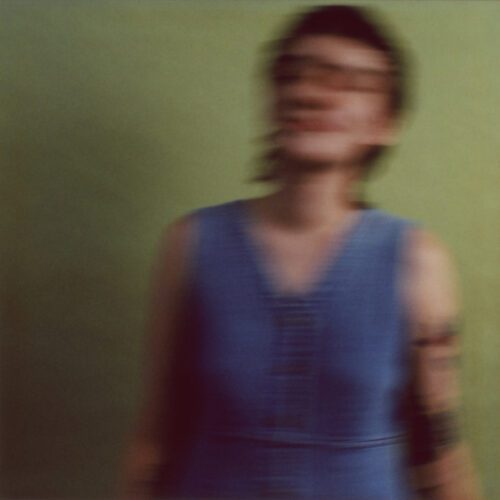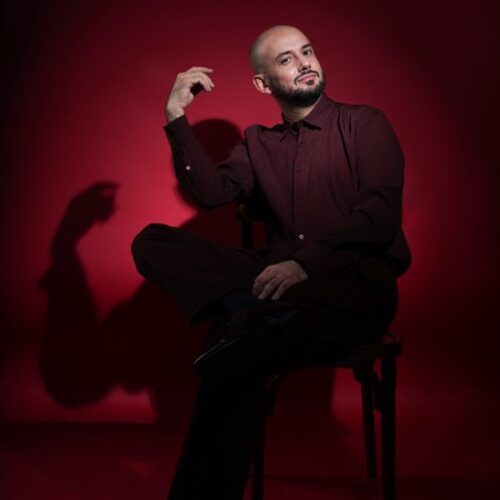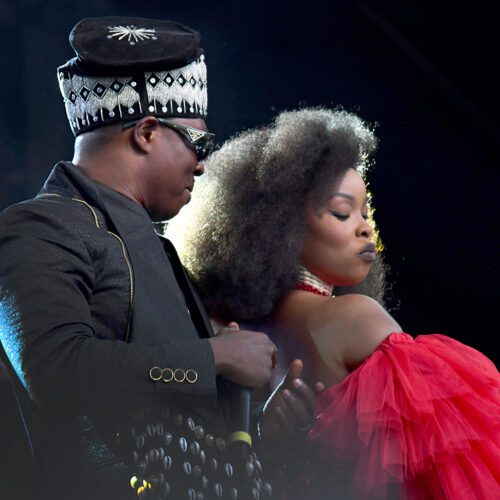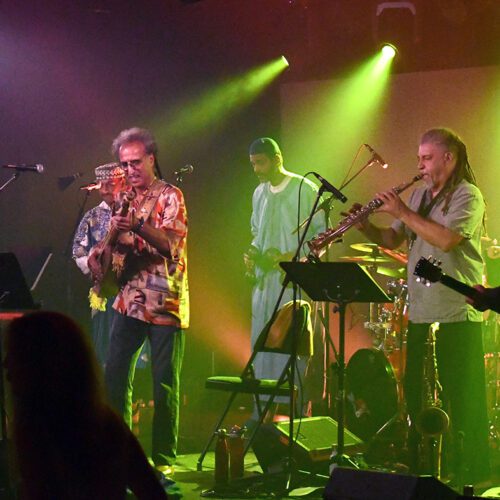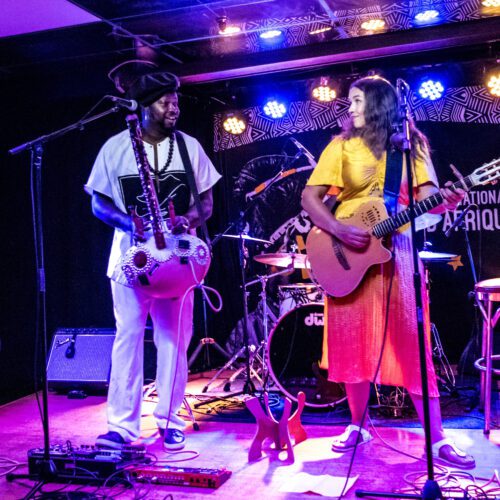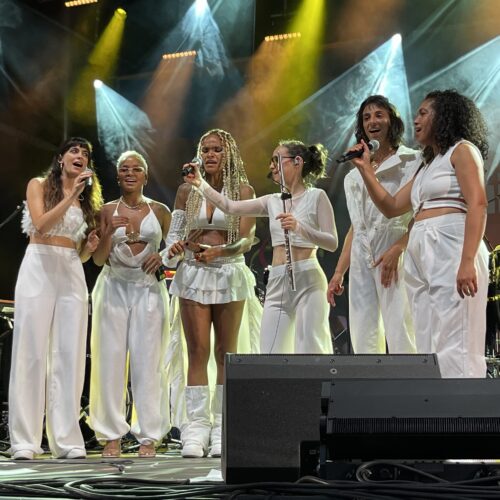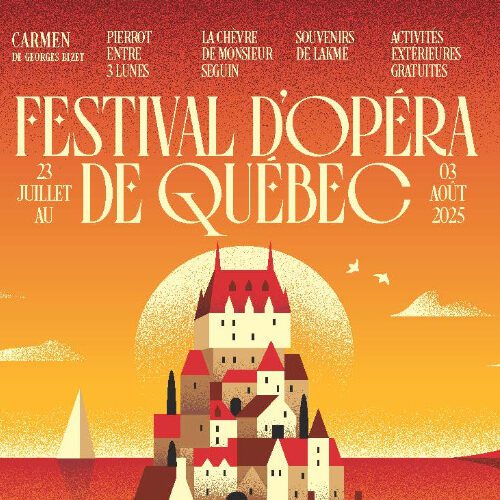To close the OSL Winter Classical Festival, Diane Caplette led the Harmonie Laval with musicality, rhythmic precision and continuity of tempo. Her solid baton technique let the orchestra’s instruments express themselves in turn. The result? The musicians share a real pleasure and easily transmit it to the audience, made up of at least three generations. Oh yes, and as it would be redundant to talk about it with each piece, I’d like to mention the work of the percussion. They punctuated this concert with little marvels.
A Barrie North Celebration by Quebec composer André Jutras, renowned for his contribution to the wind ensemble repertoire, begins with rhythmic and harmonic concepts. Jocelyn Veilleux, OSL principal horn since 1986, then transports the audience into a world of rich sonorities with his nuanced interpretation of Richard Strauss’s Horn Concerto No. 1, in E-flat major, Op. 11 (arr. John Boyd).
This is followed by Madurodam, composed and arranged by Dutch composer Johan de Meij. Inspired by Madurodam, a miniature Dutch city made up of 1:25 scale models, this suite is composed of eight miniature parts. The orchestra doesn’t seem to mind the demanding nuances, rhythmic inflections and accents. In Réveil, the piccolo and drums cheerfully herald the day, while in Les Petits soldats, the horns parade in front of the miniature barracks. The more solemn Binnenhof melody launches the melodic theme, Les Petits moulins offer a lively waltz, and the Nocturne has the orchestra’s basses playing in unison. Part 6, Église de Westerkerk, takes up the theme in a waltz, the Château de Muiderslot is a pavane, and the Grand Finale relaunches the theme of the mills and then that of the Binnenhof. I bet the miniature town will supplant the tulips in the collective imagination!
After this reassuring soundscape, the second part plunges us straight into the heart of the Taiga. Taïga, by Ilari Hylkilä, is a veritable giant screen of sound. The piece opens on vast, cold spaces, and when the storm breaks, the flutes’ frantic ascending and descending chromatic scales project a crystalline air into the hall. The trumpet, followed by the horns, announce the calming and reveal the majesty of the landscape. The Finnish Tourist Board has the material to convince even the most hardened snowbird to abandon Florida for a cooler land. Then it was clarinettist Jean-François Normand’s turn to delight the audience. The Concertino for clarinet in E-flat major, Op. 26, in arrangements by Alfred Reed, demonstrates the instrument’s wide range and the performer’s virtuosity. The concert closes with Noah’s Ark, by Belgian conductor and composer Bert Appermont. This musical tableau from the biblical story evokes the Message, the Parade des animaux, with its varied musical motifs, the Tempête in which the clarinetists personify the wind and swap keys for hands, and Espoir in which everything is reborn. It was a perfectly harmonious afternoon, with just a few glitches that were quickly forgotten. L’Harmonie Laval, which Caplette has been leading since 2019, is a semi-professional wind orchestra. Which suggests to me that we shouldn’t be afraid of amateurs, especially when that term refers to what I heard today.
